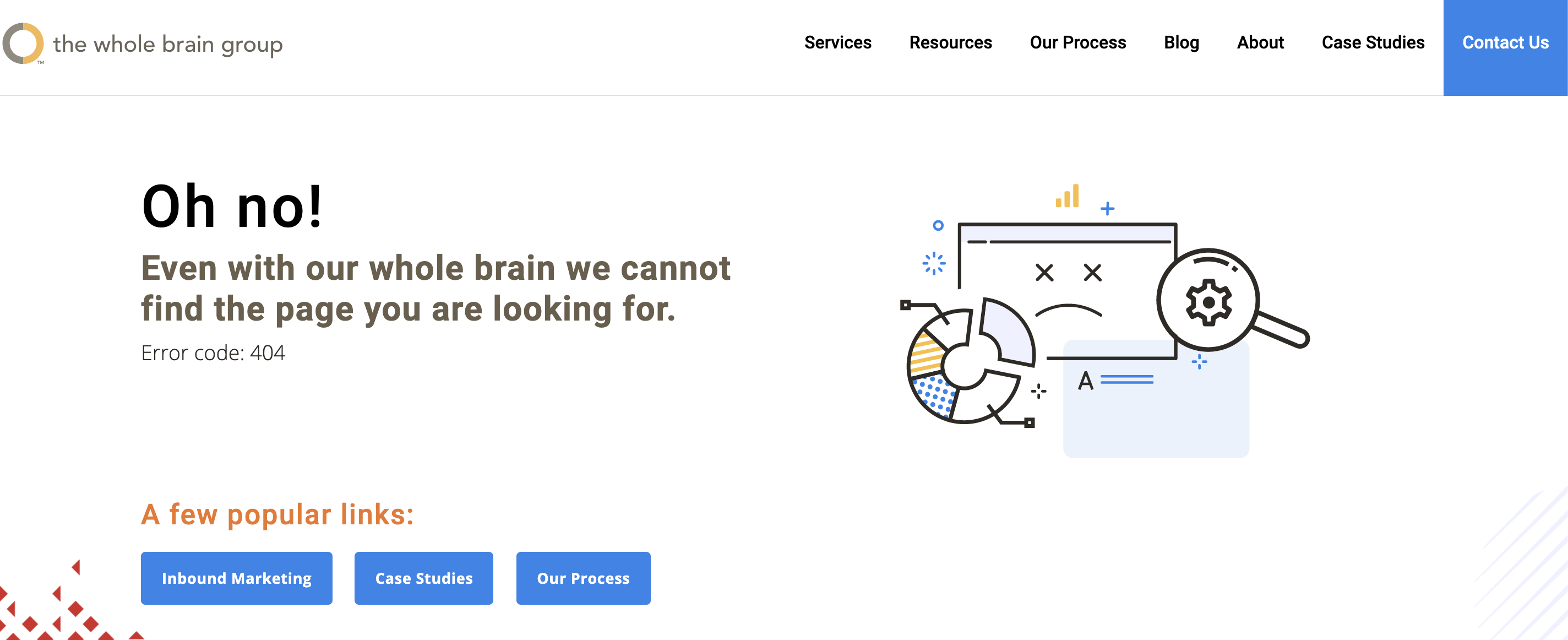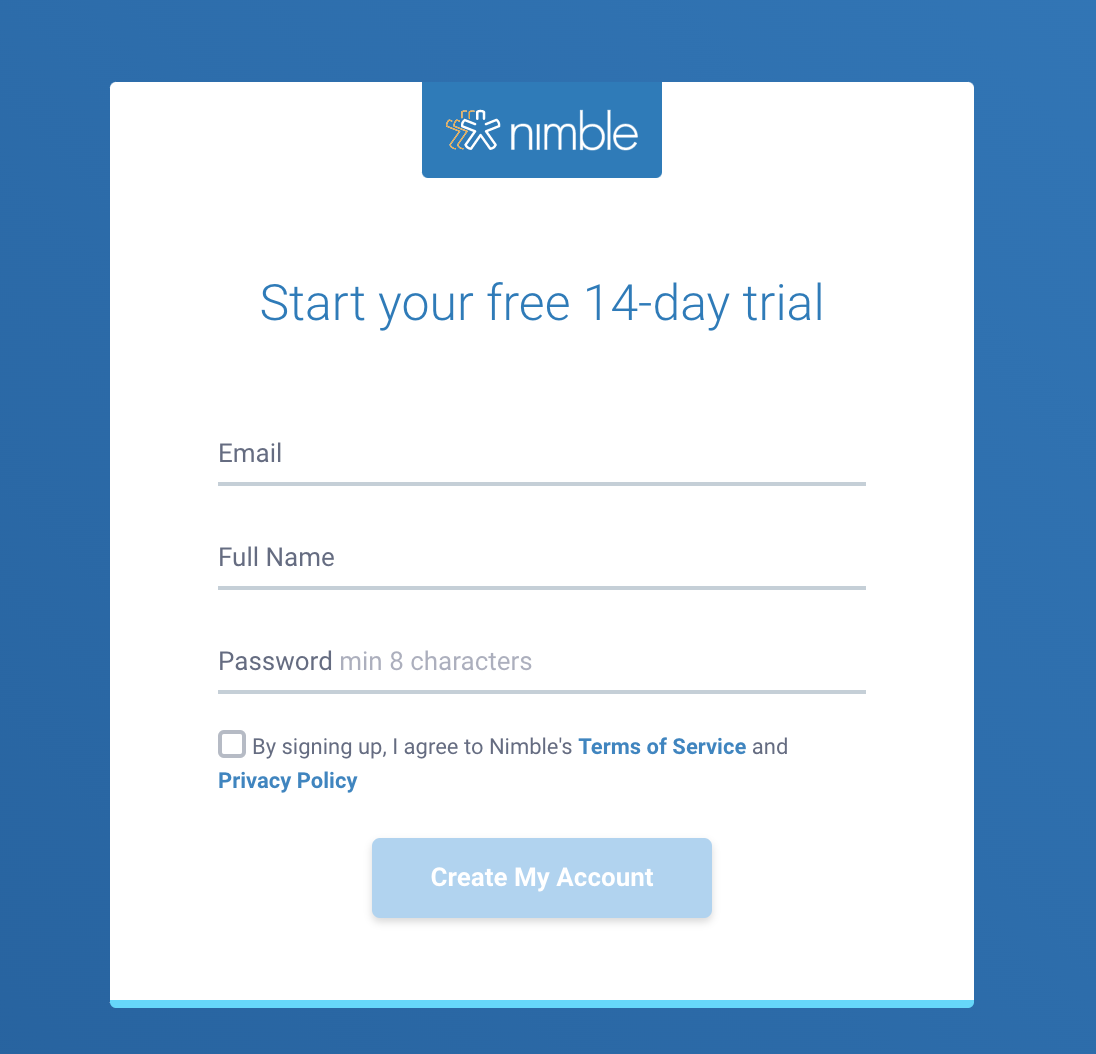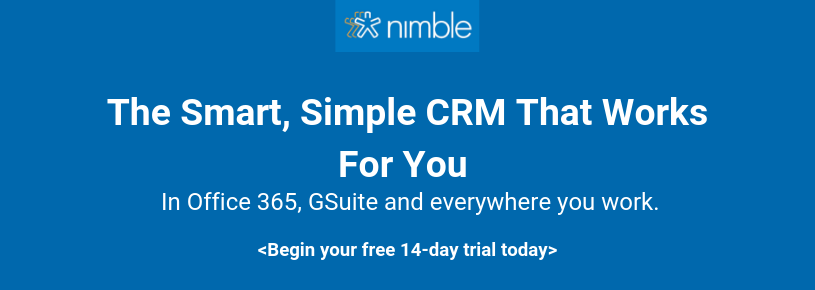When you’re wondering how to rank higher on Google, you tend to focus on things that you need to add. Floating social media buttons, subscription forms, comment sections, more content, and way more content.
Before you go too far with your strategies, maybe it’s better to take a minimalistic approach. Are there things that are harming your SEO site ranking in the first place? Throughout the years, you’ve been using strategies that may no longer work. Remember those clickbait headlines? They make you cringe nowadays, but we were all guilty of using them.
So, let’s take a step back.
It’s time for the ultimate spring clean of your site. We’ll list five things that shouldn’t be there. Once you get rid of those issues, you can focus on reinventing your SEO strategy.
Things to Fix or Remove If You Want Your Site to Rank on Google
1. Duplicative Content
You invested a lot of time and effort to create those articles. You paid researchers, writers, and editors to complete them. But if the content is not unique, it doesn’t do any good for your website.
If you’re looking for a reason to remove it, this should be enough: Google recommends you to do so. Duplicate content is defined as “blocks of content within or across domains that either completely match other content or are appreciably similar.”
So, if you republished the same post elsewhere, another site stole it from you, or you were using identical phrases and paragraphs across your site, we have a serious problem. The search engine’s crawlers will notice the duplicates, and you’ll get penalized for that. After that, it will be hard to fix the damage and get on the first page of Google’s results.
Copyscape is a brilliant tool that identifies duplicates of your pages on the Internet. They may be located within your website or outside of your domain.
What should you do when you locate duplicates?
- If your original content was republished by another site, contact the owner and ask them to remove it. If being the good guy doesn’t yield results, you can report the duplicate pages to Google. You can do that through Google Search Console, under the Webspam section. Click on “Copyright and other legal issues” and follow the recommended steps.
- If you were the one who “borrowed” content by mistake, don’t hesitate to delete those pages. You can make up by creating new, original content covering the same topic. But make sure to hire better writers and use Copyscape this time.
2. Non-Meaningful On-Page SEO Changes
How would you define on-page SEO?
Most website owners immediately get this thought: “Keywords, keywords, and more keywords.” Keyword stuffing is one of those outdated tactics that Google has seen through a long time ago.
The search engine is getting smarter by the day. It can understand the intent behind a user’s query, and it can evaluate the relevance of your page. Yes; you can use keywords to show the crawlers that your pages are relevant to a certain query. But if you don’t put them in context, the neglect will negatively affect your website rankings.
There are a few other issues with on-page SEO that you need to fix:
- Too long descriptions, titles, and H1-H6 tags
- Images that are too large and without alt tags
- Slow loading
- Broken links and redirects
You can identify all these issues with a simple website SEO check. Once you find them, it will be easy to fix them. The tool will suggest improvements to make.
3. Broken Links
I already mentioned broken links in the previous tip, but it’s an issue that deserves its own spot on the list.
Even high-authority websites, such as Neil Patel’s project, are guilty of this mistake. As an example, check out this post and try clicking the first link in it. This is what you’ll see:

This is a highly popular website that can afford such mistakes and still appear on the first page of Google’s results. But even for a site of such ranking, broken links are a big issue that can affect it on the long term.
For a less popular site, the issue is detrimental. It absolutely needs a quick fix.
You can easily locate the broken links with the SEO check tool that was recommended in the previous point.
If you locate broken internal links, you can quickly fix them by making updates. You’ll link to more relevant pages, or you’ll remove the links for good.
But what happens with the broken external links? If you can find similar posts from reputable websites, you can link to them. But if this link was to a particular study that’s no longer available on the web, you’ll need to edit the content to remove that part.
4. Things That Slow Down Your Site
If you’re wondering how to be on top of Google search, you should focus on one thing and one thing only: user experience. The search engine knows how to measure it. Speed is an essential aspect of it, so you want to remove all elements that affect it.
Legend says that 40% of people will bounce off a site if it takes 3+ seconds to load.
What makes your website slow? You can check a few factors:
- The file sizes – If your images are too large, they will affect the loading time. Infographics can be dangerous, too. If you created interactive Flash infographics, you’ll want to consider changing them to PNG or JPG format.
- The server – You’ll want to switch to a better hosting company at one point or another.
- Too many plugins – This is a common issue with a WordPress site. There are so many useful plugins that it’s easy to go overboard with them. Strip down these elements to the essentials.
5. Greedy Forms
There’s a golden rule to follow in the online world: “When you ask more from a website visitor, you get less.”
Let’s say that they want to see the prices for your services. It’s best to transparently feature them on your site. If that’s not an option for some reason, you’ll want them to sign up and see the prices. If you ask for too much during the subscription process, they will bounce off without a doubt in their mind.
The same goes for the forms that are needed for free eBooks or useful emails. If you ask for more than their email address and name, you’ll lose them in an instant.
What does this have to do with the search engine rankings of your site?
Greedy forms have a detrimental effect on your conversion rates. On the other hand, they contribute towards the bounce rates. This boils down to negative user experience, which Google diligently takes note of.
The forms should only ask for the user’s basic information. If anything else is needed, they can provide the data later on.

Overview: How to Get Website on Google First Page
Both newbies and experienced website owners have done some crazy things in an attempt to rank higher in Google’s search results.
From multiple brief posts stuffed with keywords to impossibly long posts with countless screenshots, there are no recommendations that we haven’t taken a bit too seriously.
It’s time to do a serious clean-up. These are the things to start with:
- Duplicate content
- Unnecessary on-page SEO elements
- Broken links
- Elements that slow down the site
- Imposing forms
Once you have a clean foundation, you can start building upon it.
But learn your lesson: if you’re implementing any new SEO tips, do not take them too far. Moderation is the key to success. Just focus on the user experience, provide high-quality resources, improve the site’s speed, and you’ll be fine.


